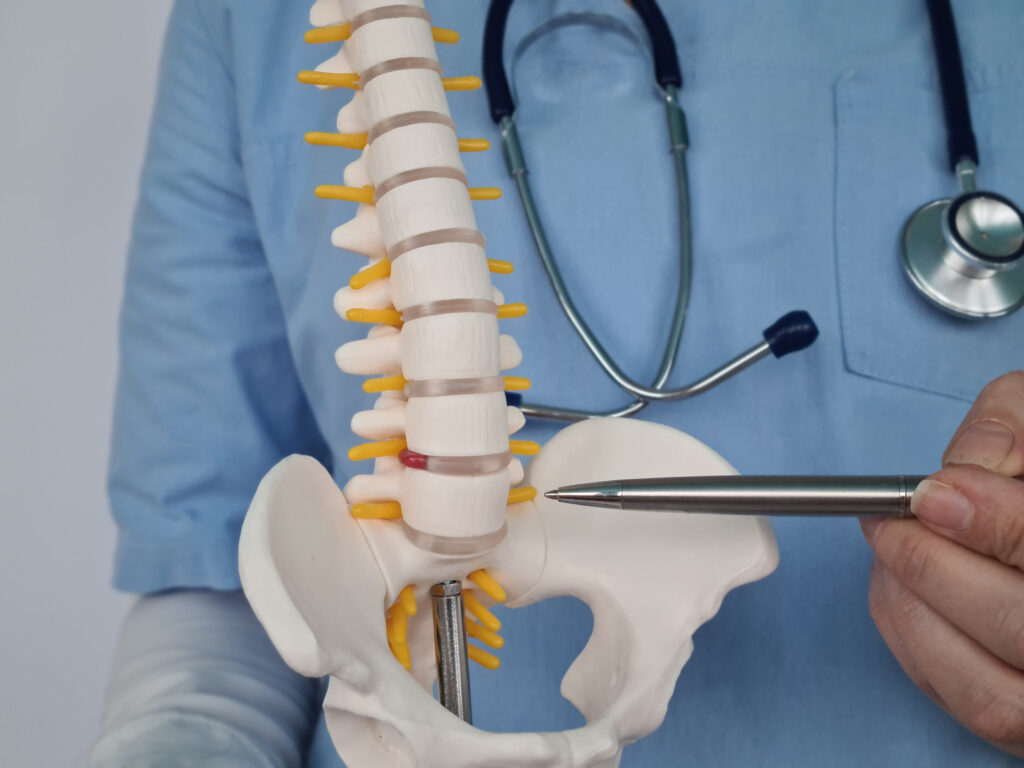Intervertebral disc degeneration (IDD) is a chronic condition that can significantly impact a person’s quality of life, causing debilitating low back and leg pain. This condition arises from the degeneration of nucleus pulposus cells, characterized by a decrease in both the activity and number of these cells, a reduction in the extracellular matrix, and the infiltration of inflammatory factors. As the prevalence of IDD continues to rise, understanding and managing the disease has become increasingly important.
Recent studies have indicated that non-surgical treatment options play a crucial role in reversing the progression of degenerative disc disease. These non-invasive treatments, which may include physical therapy, medication, and lifestyle modifications, can help alleviate symptoms and improve function. However, despite the growing body of literature on this topic, there has been a noticeable lack of bibliometric analyses in the field.
In a significant contribution to the literature, a study conducted by Yan Zhao, Qiuqiu Xia, Lu Zhu, Jiyue Xia, Shaojie Xiang, Qiming Mao, Huaize Dong, Zijing Weng, Wenbo Liao, and Zhijun Xin sought to fill this gap by providing a bibliometric analysis of non-surgical treatment methods for IDD. The research aims to describe the knowledge structure and thematic trends within this area, highlighting the evolution and impact of current non-surgical approaches.
The authors, affiliated with the Department of Orthopedic Surgery at the Affiliated Hospital of Zunyi Medical University in Guizhou, China, conducted a comprehensive analysis of relevant publications. By examining citation patterns, frequency of keywords, and the relationships between different areas of research, the study illuminates the key themes and trends that have emerged in the non-surgical treatment of IDD.
Through bibliometric analysis, the authors were able to identify significant shifts in focus over time, revealing how the scientific community’s understanding of non-surgical interventions for IDD has evolved. This study not only sheds light on the current landscape of non-surgical treatment methods but also serves as a valuable resource for researchers, clinicians, and policymakers aiming to advance the management of intervertebral disc degeneration.
As the field moves forward, continued research and collaboration will be essential in developing effective non-surgical strategies to combat IDD. The findings of Zhao and colleagues underscore the importance of evidence-based approaches to treatment, offering hope to those affected by this challenging condition.


